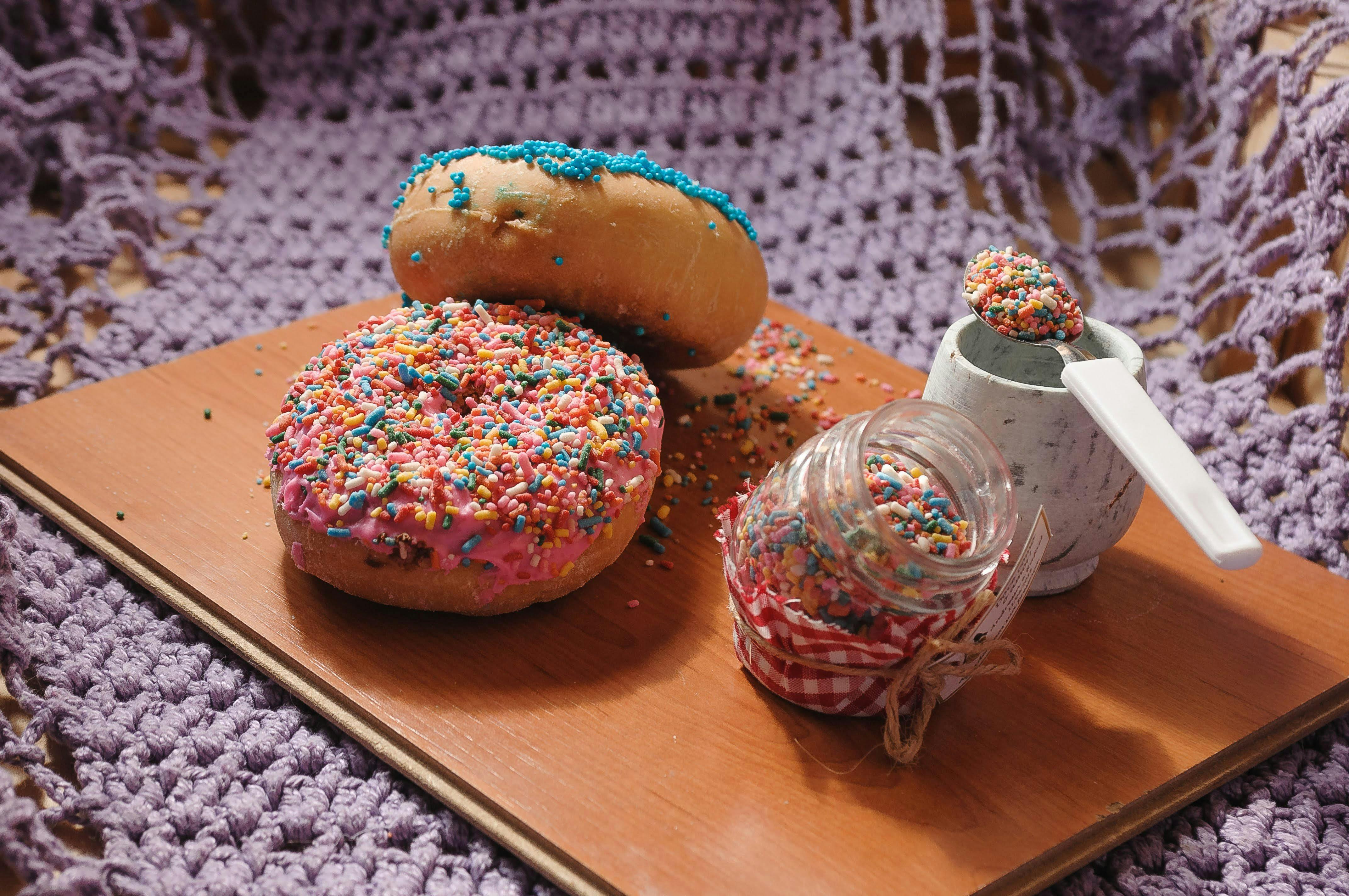What are picture frame spacers?
When framing photographs under glass, it is recommended that the image you are framing does not touch the glazing material. With works on paper, fabric, or other flat substrates, it is common to space out the artwork using a color board. The mat board is made from wood pulp based boards or cotton based boards. These boards are manufactured and purified to different levels depending on the application. The simpler paper-based boards may contain coating or woody fibers that can cause fairly rapid deterioration.
But what if you don’t want to use mat board as a spacer material?
In some circumstances, the artwork or image may look better without a border around it. The artwork, when framed, will still require space from the glazing, but it will need to be spaced with something other than a board.
What else can you space glass artworks with?
The gap between the glazing and the artwork can be achieved through the use of various readily available products.
Some of the most common spacers used include wooden slip frames, fillets, and synthetic extruded sections that often have double-sided adhesive coated on one surface.
To determine which spacer is best suited to use for your framing project, you should consider the following factors.
1. The material the spacer is made of.
2. The required spacer depth.
3. The color of the spacer
4. Ease of use.
The material used to make the spacer is important if you need something archival and acid free. Many of the commercially available spacers are either a solid plastic strip or an extruded rectangular hollow tube. These plastic spacers often have a double-sided adhesive applied to one surface. The adhesive is used to adhere the spacer in position to the surface of the glazing material. You can make a spacer out of wood, metal, cardboard, and foam boards. Wood spacers can be visible from the front of the frame by adding a decorative edge called a fillet or they can be a simple square edge profile that is simply functional.
Plastic spacers are usually available in various thicknesses. For deeper applications where a colored coating is required, you can glue the mat board to the foam board and then cut to the required widths. The strips are then glued to the frame molding between the glass and the artwork. This is a useful technique to employ when you want the spacer and backing material to match up, such as with an artwork floating on a rug backing.
Common prefabricated spacers are black, white, and clear. You can color the spacer to match the frame when using a variety of wood. You can easily see which spacer is less noticeable by cutting a small piece and temporarily holding it in position between the item and the frame. Generally, white and clear spacers are used in light colored works and within pale colored frames and black spacer is used in darker works.
The easiest liners and spacers to use are the adhesive-coated types, as it’s a simple job to just cut them to size and glue them in place. One tip when fitting the spacer is to cut the top and bottom sections to a tight length first. Then, when you pin the side members in place, they help support the top piece and keep it from coming off in the future. The hollow plastic types can be easily cut with a sharp craft knife and the solid types can be scored and snapped or trimmed to size with angle cutters. Pay attention to cut the length accurately to make sure you don’t have messy corners.
You can combine spacers with mats and stepped frames to create interesting depth in your images while adding the added benefits of the increased air space of the glass or acrylic front.
The next time you frame an object, consider using a suitable spacer or fillet.



